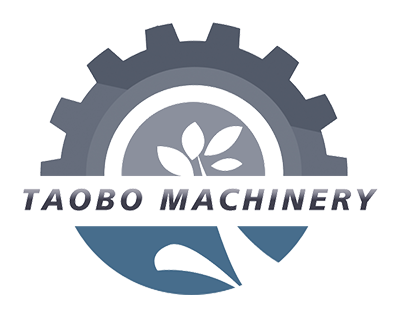The operation of a gravity machine for cleaning peanuts follows a “preparation – commissioning – operation – finalization” process. The key is to ensure effective impurity separation through precise control of vibration, airflow, and the screen surface.
1. Pre-operation Preparation (Must-do before starting the machine)
Check the equipment status: Confirm that all components of the gravity machine, such as the screen surface, fan, vibration motor, and conveyor belt, are properly connected and free of damage or jams.
Cleaning the interior of the machine: Remove any remaining peanuts, impurities, or dust to prevent cross-contamination and affect the separation efficiency.
Check the auxiliary systems: Ensure that the power supply and air supply (if any) are stable, that the feed hopper, impurity discharge port, and discharge port are unobstructed, and that the waste collection container is in place.
2. Parameter Adjustment (a critical step that directly affects the separation efficiency)
Adjust the feed rate: Start the feed conveyor and slowly adjust the feed valve to ensure that the peanuts are evenly distributed in the center of the screen surface to avoid excessive feeding at a single time, which may cause disrupted separation. Setting Vibration Parameters: Use the vibration motor’s frequency knob to adjust the screen’s vibration frequency and amplitude, ensuring the peanuts bounce slightly and avoid accumulation.
Adjusting Airflow: Turn on the fan, adjust the air inlet damper, and observe the suspension of the peanuts on the screen. The upper layer of peanuts should be able to move forward smoothly, while the lower layer of impurities (pebbles, mud) should be able to slide along the screen, and no excess peanuts should be blown away by the airflow.
Calibrate the Discharge Position: Based on the discharge of impurities (especially stones), fine-tune the screen’s tilt angle to ensure smooth discharge of stones from the stone discharge port and that no intact peanuts are visible in the discharge.
III. Startup and Monitoring (Real-Time Observation, Dynamic Adjustment)
Official Startup: First turn on the fan, then the vibration motor, and finally the feed system. Ensure the equipment starts in the order of “air → vibration → feed” to avoid material accumulation.
Real-Time Inspection:
Observe the stratification effect: The screen surface should clearly separate the “upper layer of peanuts” and “lower layer of impurities,” with no obvious mixed areas. Check the discharge quality: Randomly sample the cleaned peanuts. If stones or large lumps of mud remain, increase the vibration frequency or airflow. If peanuts are discharged with impurities, reduce the airflow or slow down the feed.
Monitor equipment status: Pay attention to motor temperature and noise (no abnormal noise). Immediately shut down the machine if any problems, such as material jamming or belt deviation, are detected.
IV. Shutdown and Finishing (Protecting Equipment Life)
Shut down in order: First, shut down the feed system. After the peanuts on the screen surface are mostly empty, turn off the vibration motor, and finally turn off the fan to prevent residual material from clumping.
Thorough Cleaning:
Remove the screen surface, clean any dirt and peanut shells clogged in the screen mesh, and use compressed air to blow out dust from any corners inside the machine.
Clean any remaining impurities from the impurity discharge and discharge ports, and clean the feed hopper and collection container.
Equipment Maintenance: Inspect the screen surface for wear. Replace any deformed mesh. Lubricate the vibration motor bearings and conveyor belt rollers. Record equipment operating hours and any faults.
Post time: Oct-23-2025







